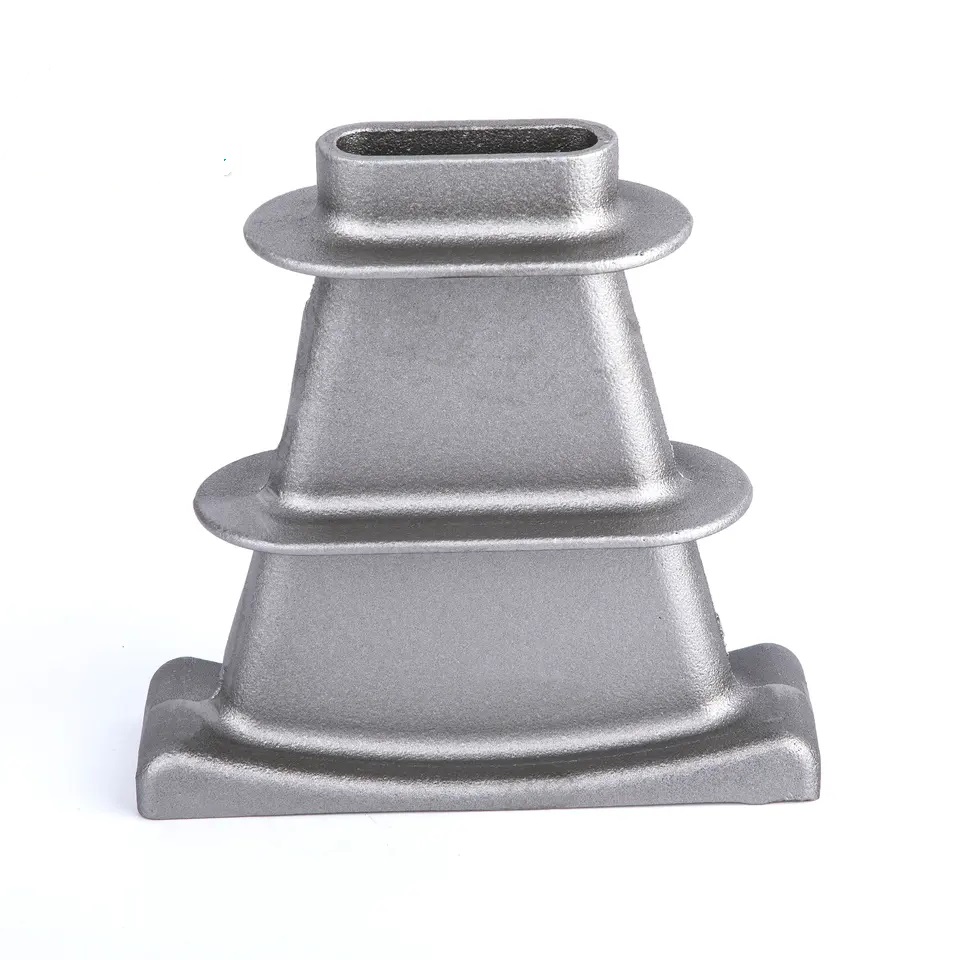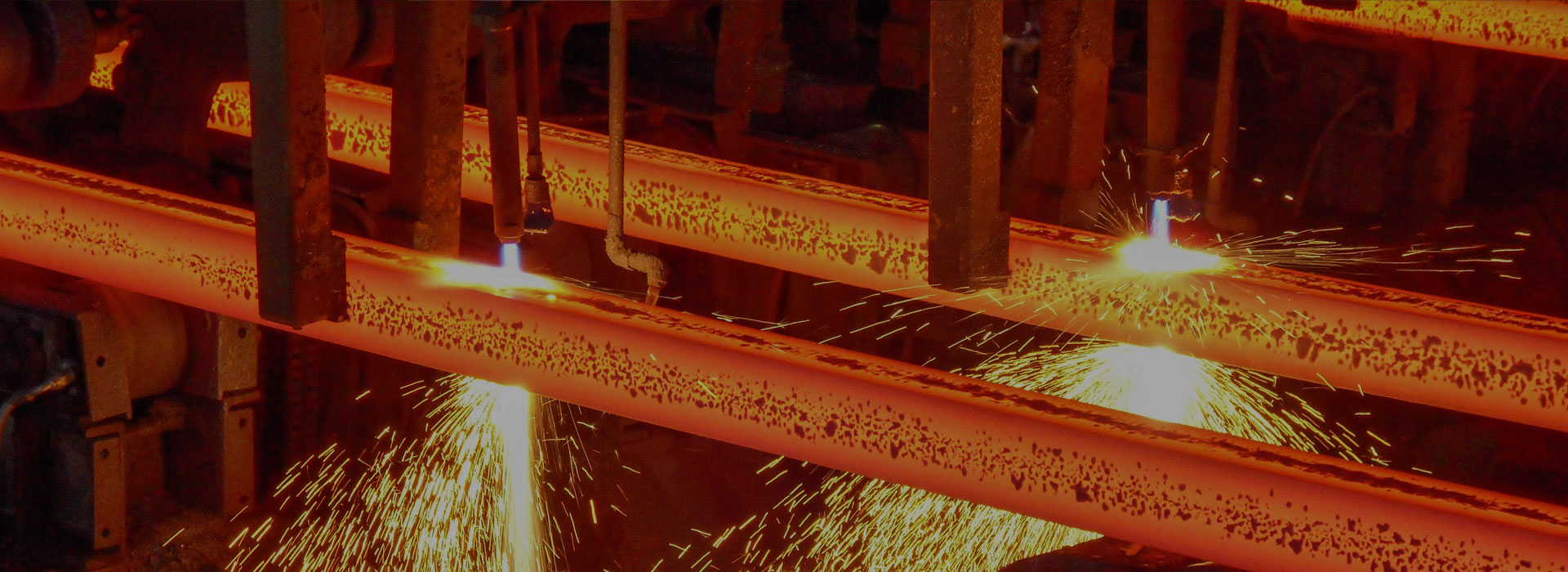What Is Post Tension Flat Slab Anchor
2023-08-01
1. What are Post Tension Flat Slab Anchors?
Post tension flat slab anchors are devices used to secure and reinforce flat slab structures. These anchors consist of high-strength steel cables or tendons that are tensioned after the concrete slab has been poured. The tensioning process helps to counteract the forces acting on the slab, such as gravity and external loads, ensuring the structure's stability and durability.
2. Installation Process:
The installation of post tension flat slab anchors involves several steps:
a. Design and Layout: Before installation, engineers carefully design the anchor system, considering factors such as load requirements, slab thickness, and structural design. The layout is then marked on the slab, indicating the locations where the anchors will be installed.
b. Anchor Placement: Once the layout is finalized, anchor pockets are created by removing a portion of the concrete slab. These pockets are strategically placed according to the design specifications.
c. Anchor Installation: The anchor cables or tendons are inserted into the anchor pockets. They are then tensioned using hydraulic jacks, applying the required force to achieve the desired level of structural stability. The tendons are then secured using anchor plates and wedges, ensuring they remain in place.
d. Grouting: After tensioning, the anchor pockets are filled with grout, a cementitious material that provides additional support and protection to the tendons. The grout also helps to distribute the forces evenly across the slab.
3. Benefits of Post Tension Flat Slab Anchors:
Post tension flat slab anchors offer several advantages in construction projects:
a. Increased Structural Strength: The tensioning of the tendons helps to increase the load-carrying capacity of the slab, making it more resistant to bending and cracking. This allows for longer spans and reduces the need for additional support columns.
b. Flexibility in Design: Post tension flat slab anchors provide flexibility in architectural design, allowing for open floor plans and larger column-free spaces. This enhances the aesthetic appeal of the structure and provides more design options for architects.
c. Time and Cost Efficiency: Compared to traditional reinforcement methods, post tension flat slab anchors can significantly reduce construction time and costs. The use of fewer materials and the ability to span longer distances with fewer support elements contribute to these savings.
d. Durability and Longevity: Post tension flat slab anchors enhance the durability and longevity of the structure. The tensioned tendons help to distribute the forces evenly, reducing the risk of structural failure and increasing the lifespan of the slab.
Post tension flat slab anchors play a crucial role in modern construction, providing structural stability, flexibility in design, and cost efficiency. Their installation process, combined with their numerous benefits, makes them an indispensable component in the construction of flat slab structures. By incorporating post tension flat slab anchors, engineers and architects can create safer, more durable, and aesthetically pleasing buildings.




